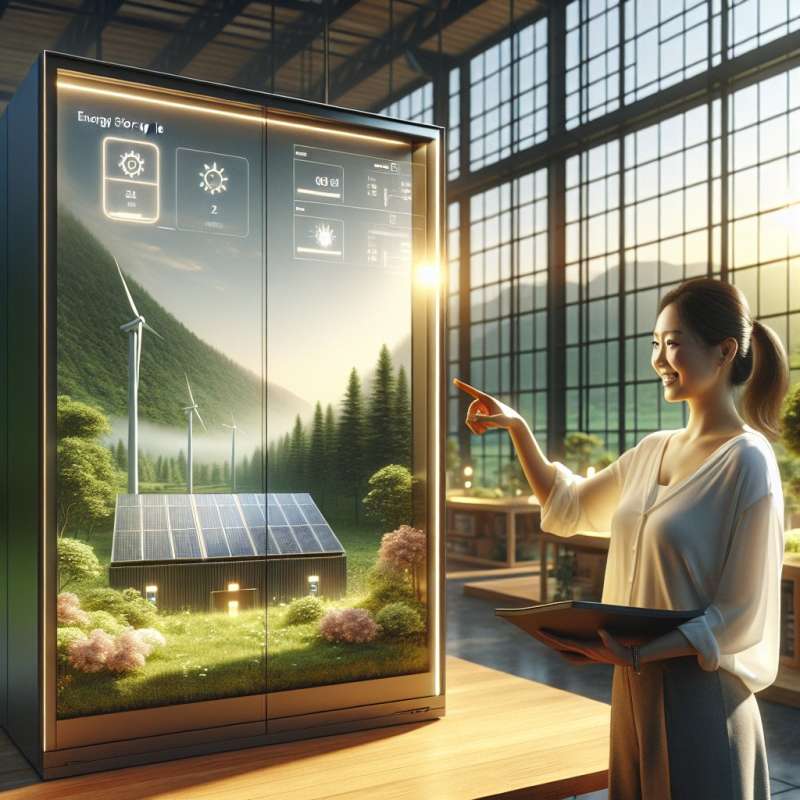
Introduction to Energy Storage
Energy storage systems (ESS) are crucial for balancing supply and demand, ensuring reliability, and enabling renewable energy integration. ESS can store excess energy for later use, making renewable sources like solar and wind more viable and stable.
Lithium-Ion Batteries Dominance
Lithium-ion batteries are the most common ESS due to their high energy density, efficiency, and declining costs. Surprisingly, they power not just electric vehicles but also grid-scale storage, enhancing the reliability of renewable energy integration.
Pumped-Storage Hydropower Efficiency
Pumped-storage hydropower (PSH) is the largest-capacity form of grid energy storage available. It uses off-peak electricity to pump water uphill, which is then released to generate power during peak demand. PSH can achieve efficiencies of up to 80%.
Flow Batteries' Longevity
Flow batteries use liquid electrolytes to store energy, offering longer life spans than conventional batteries. They can last for decades with minimal degradation, making them ideal for large-scale, long-duration energy storage solutions.
Thermal Energy Storage Potential
Thermal energy storage (TES) stores heat or cold for later use. An emerging application is in concentrated solar power (CSP) plants, where molten salt stores solar heat, enabling power generation even when the sun isn't shining.Ancient ESS Discovery
Ancient Romans used underground ice storage to preserve food, an early form of thermal energy storage, showing advanced energy management 2,000 years ago.
Purpose of Energy Storage Systems?
Reduce solar and wind viability
Balance supply, demand, and reliability
Only for renewable energy storage
Company